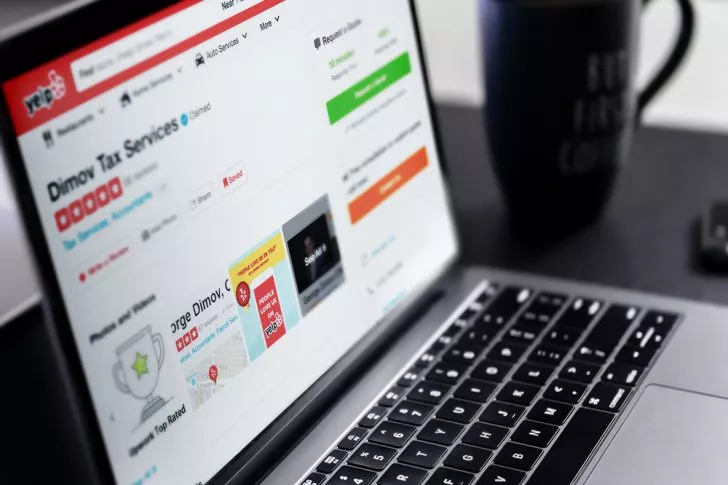Award-winning global customer service.
★★★★★ 5/5
Dimov Tax is rated 5 stars on all major review platforms including Google, Yelp, Facebook, Angie’s List, Better Business Bureau, TaxBuzz, Thumbtack, Upwork, Bark, and much more.

Introduction
The 1031 exchange offers a strategic tax deferral advantage for real estate investors. This provision allows taxpayers to defer capital gains taxes on exchanged properties, provided certain conditions are met. The appeal of this mechanism lies in its ability to foster continuous investment in the real estate market without the immediate burden of tax liability, thereby facilitating the growth and diversification of property portfolios.
Real estate transactions especially those involving investments often entail significant capital gains taxes, which can hinder the ability to reinvest proceeds fully. The 1031 exchange addresses this challenge by permitting the deferral of these taxes when exchanging like-kind properties. This exchange mechanism encourages sustained investment in the real estate market, promoting economic activity and offering investors the flexibility to adapt to changing market conditions or investment goals.
A 1031 exchange, named after Section 1031 of the Internal Revenue Code, allows taxpayers to defer paying capital gains taxes on the sale of an investment property if the proceeds are reinvested in a similar (“like-kind”) property. This mechanism encourages reinvestment and growth within the real estate sector by allowing taxpayers to defer tax liability, thereby preserving capital for further investment.
The regulations governing 1031 exchanges are detailed in Section 1031 of the IRC and further clarified by various Treasury Regulations and IRS guidelines. Key points include:
Individuals and entities that engage in real estate transactions for investment or business purposes are the primary candidates for 1031 exchanges. This includes:
A 1031 exchange involves several critical steps that must be meticulously followed to ensure compliance with IRS regulations and to successfully defer capital gains taxes. Here is a detailed breakdown of the process:
Engaging a Qualified Intermediary (QI): Before the sale of the relinquished property, a Qualified Intermediary must be engaged. The QI is an independent entity that facilitates the exchange process, holding the sales proceeds in escrow to avoid the taxpayer taking constructive receipt of the funds which would disqualify the exchange.
Executing a Sales Agreement: The taxpayer enters into a sales agreement for the relinquished property. The agreement should include a cooperation clause indicating the seller’s intent to perform a 1031 exchange.
Transfering of Funds: Upon the sale of the property, the proceeds are transferred directly to the QI. This step is crucial to maintain the tax-deferred status of the transaction.
45-Day Identification Rule: The taxpayer has 45 days from the date of the sale of the relinquished property to identify potential replacement properties. Identification must be in writing, signed by the taxpayer and delivered to the QI or another authorized party.
Identification Methods:
180-Day Exchange Period: The taxpayer must complete the purchase of the replacement property within 180 days of the sale of the relinquished property or by the due date of the taxpayer’s tax return for the year of the sale, whichever is earlier.
Contract and Closing: The taxpayer enters into a purchase agreement for the replacement property. The QI uses the exchange funds to purchase the property on behalf of the taxpayer.
Transfer of Title: The title of the replacement property is transferred to the taxpayer, completing the exchange.
Form 8824: The 1031 exchange must be reported on IRS Form 8824, Like-Kind Exchanges, which is filed with the taxpayer’s federal income tax return for the year in which the exchange was completed. The form requires detailed information about the properties involved, the dates of the transactions, and the values of the properties exchanged.
Exchange Expenses: Certain expenses incurred during the exchange, such as broker commissions, legal fees and inspection fees can be deducted from the sales proceeds when calculating the amount of gain deferred.
Boot: Any non-like-kind property or cash received in the exchange is known as “boot.” Receiving boot can result in partial recognition of capital gains which will be taxable.
Deferred Exchanges and Safe Harbors: Most exchanges are deferred, meaning the replacement property is acquired after the sale of the relinquished property. The IRS provides safe harbors such as the use of a QI, to help ensure the transaction qualifies as a 1031 exchange.
A 1031 exchange offers a powerful opportunity for real estate investors and business owners to defer capital gains taxes and reinvest in new properties. By understanding the regulations and following the correct procedures, significant tax advantages can be achieved. Dimov Tax & CPA Services stands ready to guide clients through the complexities of 1031 exchanges, providing expertise and support every step of the way.
Dimov Tax & CPA Services can assist clients in the following ways regarding 1031 exchanges:
Compliance Assurance: Ensuring all steps of the exchange comply with the latest IRS rules and regulations to avoid potential pitfalls and penalties.
Call us today at (833) 829-1120, email us at info@dimovtax.com, or fill out the form and we’ll get in touch immediately.
"*" indicates required fields
Dimov Tax is rated 5 stars on all major review platforms including Google, Yelp, Facebook, Angie’s List, Better Business Bureau, TaxBuzz, Thumbtack, Upwork, Bark, and much more.

